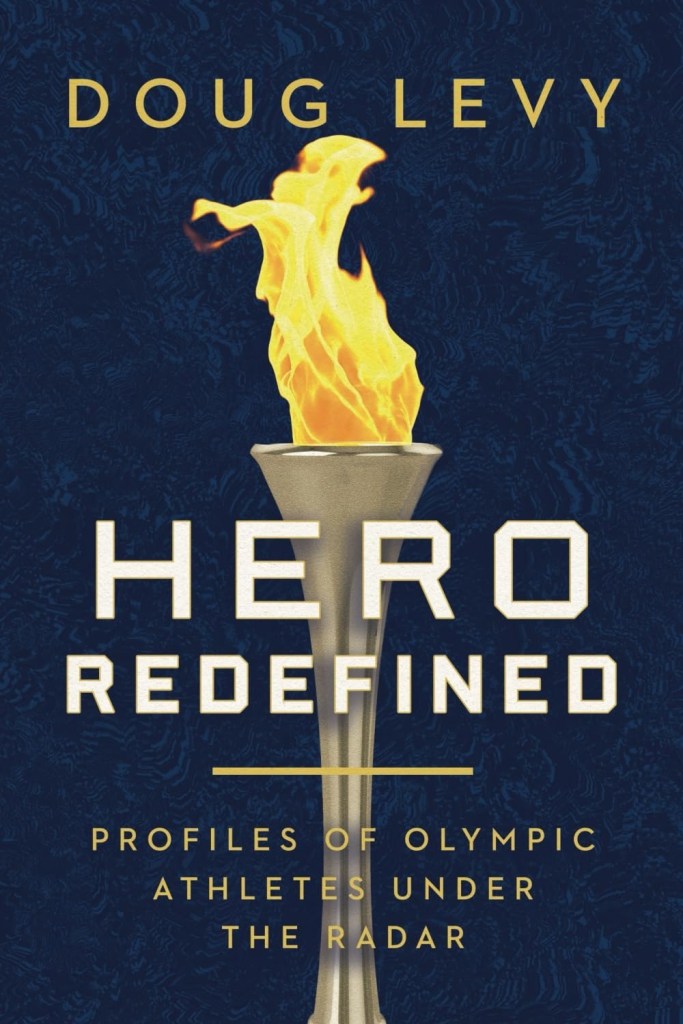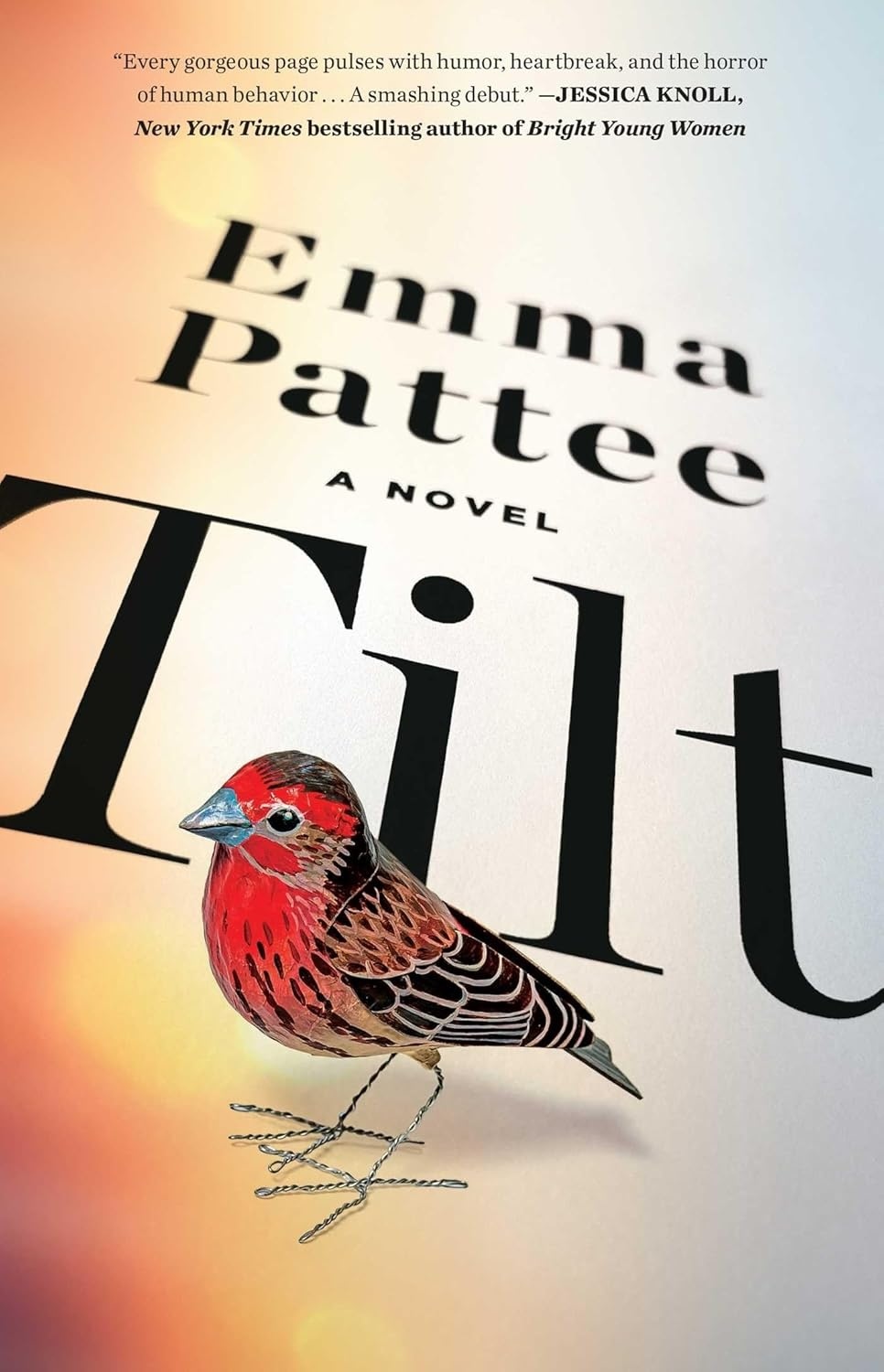Bookmonger: Olympic athletes, an expanded model of heroism
Published 4:00 am Thursday, April 24, 2025

- “Hero Redefined” by Doug Levy
As far back as 1984, Doug Levy wrote a piece about the U.S. Men’s Olympic basketball team that ran in the University of Oregon’s campus newspaper. Levy went on to a sports reporting career that stretched along the Columbia River, from the Tri-City Herald to The Columbian in Vancouver.
But it wasn’t until he retired from his day job that he found the time to write his first book, “Hero Redefined.” Levy is writing about Olympic-caliber sport figures again, but now he looks beyond the rosters of medal winners to probe some of the competition “footnotes” that he believes are just as compelling.
These are stories of broken dreams, but steadfast resolve and integrity.
Trending
Levy hopes to underscore for his readers the Olympic ideal of taking part wholeheartedly. He moves beyond the conventional model of “sports hero” to consider an expanded model of heroism that encompasses physical performance but also strength of character.
One of the first things this new book demonstrates is that heroism has no particular race or nationality or gender. Levy’s “redefined” heroes include a Tanzanian runner, a Brazilian pole vaulter and a Japanese-Canadian hockey coach.
For one chapter, the author interviews Swiss marathon runner Gabriele Andersen-Scheiss, who competed in the first women’s Olympic marathon race in 1984 in Los Angeles. Race planners had provided only five water stations along the route, failing to anticipate that the temperature would hover close to 90 degrees with humidity dangerously high at 95 percent. There was also significant air pollution. Some runners dropped out under such punishing conditions.
Andersen-Scheiss’s marathon performance remains one of the most memorable of the 1984 Summer Olympics, but it wasn’t because she medaled. In fact, she was the last runner to complete the race – and by that point she was no longer running, but staggering. Severe dehydration had decimated her physical abilities. It took her nearly six minutes to complete the final lap within the stadium. She had to wave off medical help to complete her excruciating circuit. But her display of sheer willpower caused the stadium crowd to rise to its feet and provide an ongoing roar of support.
Other athletes Levy profiles include Colorado twins who qualified for biathlon teams in different Olympics, and a Canadian sailor who led in a race that was taking place in the midst of gale-force winds during the 1988 Olympics in Korea – until intentionally diverting off-course to rescue another competitor who had been washed overboard after his boat capsized in the storm.
Frustratingly, Levy leaves holes in some stories. Just one example: a pivotal figure dies at a key point in the fascinating tale about the formation of the Puerto Rican Olympics winter sports program – yet there’s no mention of how that death impacted the other key figures.
Trending
Overall, “Hero Redefined” provides stories of resilience, sportsmanship, selflessness and social justice, a welcome counterbalance to some of the crankier attitudes prevailing in our society recently.
The Bookmonger is Barbara Lloyd McMichael, who writes this weekly column focusing on the books, authors and publishers of the Pacific Northwest. Contact her at bkmonger@nwlink.com









